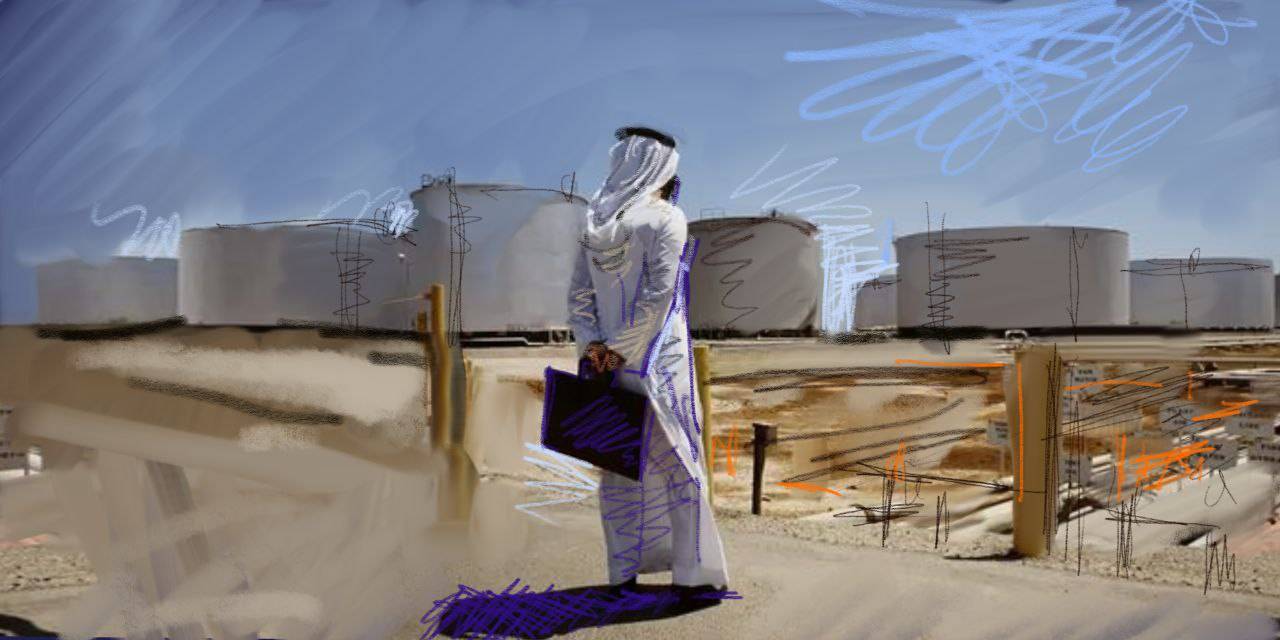The Saudi-based Islamic Development Bank (IDB) has been particularly active in Central Asia so far in 2024. The growing IDB role is part of Central Asian region’s foreign policy shift toward the Arab world as financial backers to replace Russia, which is devoting huge attention and resources to its war in Ukraine, and China, which is increasingly reluctant to spend large sums of money in Central Asia after pouring in tens of billions of dollars there during the last 25 years. Some of the Central Asian governments owe China substantial amounts of money that they are unlikely to be able to pay for possibly decades.
The Central Asian states have been members of the IDB for many years. Kyrgyzstan was first, joining in 1993, followed by Turkmenistan in 1994, Kazakhstan in 1995, Tajikistan in 1996, and Uzbekistan in 2003. One of the IDB’s three regional offices is in Almaty, Kazakhstan (the other two are in Kuala Lumpur, Malaysia and Rabat, Morocco).
The IDB has been dealing individually with the five Central Asian countries on a wide range of projects and programs in recent months.
Energy Resources
In February, Tajik Minister of Economic Development and Trade Zavqi Zavqizoda announced a deal was reached for the IDB to provide $250 million to Tajikistan. Zavqizoda said $150 million of that would go toward construction of the Rogun hydropower plant (HPP).
The Rogun HPP was a Soviet-era project. Construction started in 1976 but was discontinued shortly after the Soviet Union collapsed. Tajikistan restarted work on the HPP in 2008. Tajik President Emomali Rahmon has repeatedly said that building the HPP with a planned 3600 MW capacity will make the country energy independent and even allow Tajikistan to bring in extra revenue exporting electricity to neighboring countries.
In its 28 years as an IDB member, Tajikistan had received some $620 million from the IDB, so the $250 million announced in February 2024 represents a significant jump in IDB financial help.
Not surprisingly, when IDB President Muhammad Al-Jasser visited Kyrgyzstan in June, Kyrgyz President Sadyr Japarov sought IDB investment in the Kambar-Ata-1 HPP, another decades-old project with a multi-billion-dollar price tag that has barely made any progress in being realized during the 33 years Kyrgyzstan has been independent.
Al-Jasser did not commit to IDB financing for the Kyrgyz HPP. However, less than a week after Al-Jasser was in Kyrgyzstan, the IDB was one of several international financial organizations that signed on at a conference in Vienna to be a members of a coordination donors’ committee for the Kambar-Ata-1 projects.
At a meeting in Istanbul in February, the IDB reaffirmed its support for the Central Asia-South Asia-1000 (CASA-1000) project that aims to export electricity from HPPs in Kyrgyzstan and Tajikistan to Afghanistan and Pakistan. Kyrgyz Energy Minister Taalaybek Ibrayev met with Al-Jasser in June during the latter’s visit to Kyrgyzstan to discuss funding for Kyrgyzstan’s section of CASA-1000.
Not Only Energy
In June, the IDB pledged up to $2 billion in funding for improvements to water management in Kazakhstan that included projects for repairing or constructing new reservoirs, dams, and irrigation canals, as well as reconstruction of some 500 kilometers of the country’s major highways.
Previously, Kazakhstan has received some $1.8 billion in IDB assistance since 1995.
In late April, the IDB announced it was allocating $79 million for construction of housing for some 1,800 low-income families in Kyrgyzstan during the 2024-2028 period, and $10 million more in assistance for Kyrgyzstan’s education system.
At the start of April, the IDB said it would provide $260 million for a 2024-2028 program to improve infrastructure in 21 rural districts in Uzbekistan’s Samarkand, Surhandarya, and Kashkadarya provinces. The money will go toward building new schools, local medical facilities, new water pipes to homes, and upgrading electricity distribution systems.
In early July, Turkmenistan reported the IDB would give $156.3 million for construction of three new oncological hospitals and training for the staff.
During his visit to Kyrgyzstan in June, Al-Jasser discussed IDB financing for socio-economic programs, including ways to combat poverty with Kyrgyz Minister of Economy and Commerce Daniyar Amangeldiyev.
Nodirjon Turgunov, Uzbekistan’s Ambassador to Saudi Arabia, met in early July with IDB Director General of the Project Planning Department Anasse Aisammi for talks on IDB funding for Uzbek projects in transport, logistics, education, agriculture, water management, ecology, and animal husbandry, as well as programs for women and young people.
The Asian Development Bank, World Bank, European Bank for Reconstruction and Development, and other international financial organizations have been working with the Central Asian countries since shortly after the five states became independent in late 1991. The IDB has been on the margins of investment and loans in Central Asia for most of the last 33 years, but it appears the IDB is now strengthening its ties in Central Asia.









